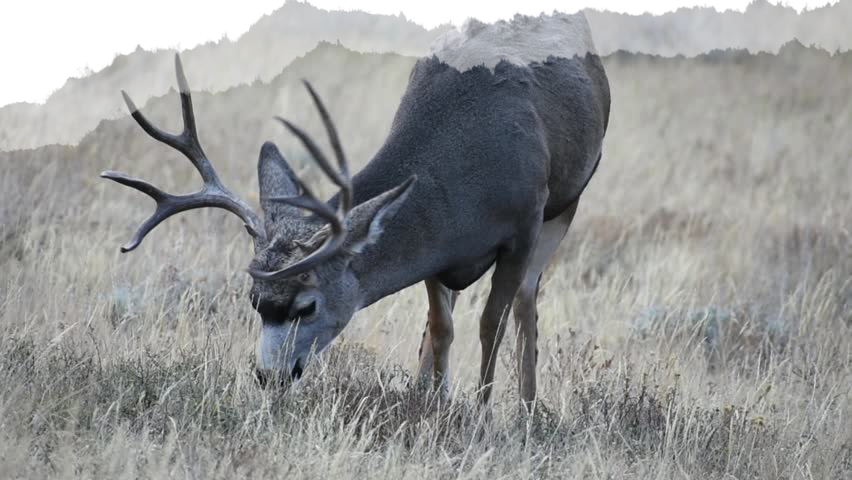Why are Mule Deer called Mule Deer?
Mule Deer, the inhabitants of western North America with a prominent and idiosyncratic outward appearance in comparison to their close relatives. The most notable trait, the trait responsible for their name, is their large ears that are more reminiscent of those belonging to a mule. Their sizable ears allow Mule deer to have exceptional hearing, along with their excellent eyesight. Similar to both Blacktail and Whitetail deer, Mule deer are nocturnal since they possess the ability to see at night and often find themselves out in correspondence with the moon.

What are the behaviors and attributes of the Mule Deer?
Furthermore, Mule deer are sociable animals and remain in herds that expand for added protection in the wintertime and become much smaller at the start of the summer; nonetheless, Mule deer herds are founded upon families of multi-generations with only the bucks preferring a more solitary existence before rutting season. The rutting season of Mule deer share the same timeframe as other related deer subspecies, beginning in the late-fall months, with fawns born in the early summer months; 1 to 2 fawns are usually birthed at a time. The appearance of fawns is also similar to relative subspecies of deer with a reddish coat, spotted with white; as Mule deer grow older, their coats have red undertones amongst their light/medium brown coat in the spring and summer months, turning to a grayer color in the winter; they sometimes have darker patches on the tops of their heads and noses, a white spot on the rump, and their tails being white and black at the tip. Does do not grow antlers, while bucks do; the antlers of a buck have a symmetrical “fork-like” unique and identifiable appearance.

Further understanding the Mule Deer.
In addition, Mule deer, on average, weigh 130 to 300 pounds, having a studier build and measuring 3 feet tall from the shoulder; they can also reach up to 40mph. Mule deer have a 9 to 11-year lifespan spent amongst the trees of the forest or the shrublands of the desert. Being herbivores, Mule deer survive off of a plant-based diet entailing grasses and forbs. They constantly have to be on the alert when foraging; some of their most prominent predators are coyotes, bobcats, wolves, bears, and, regrettably, automobiles. They also fell victim to unregulated hunting practices in the United States, particularly Colorado in the early 1900s, which resulted in a statewide hunting ban to regain the depleted population of Mule deer. Today, the herds of Mule deer are plentiful and prosperous where they roam.

